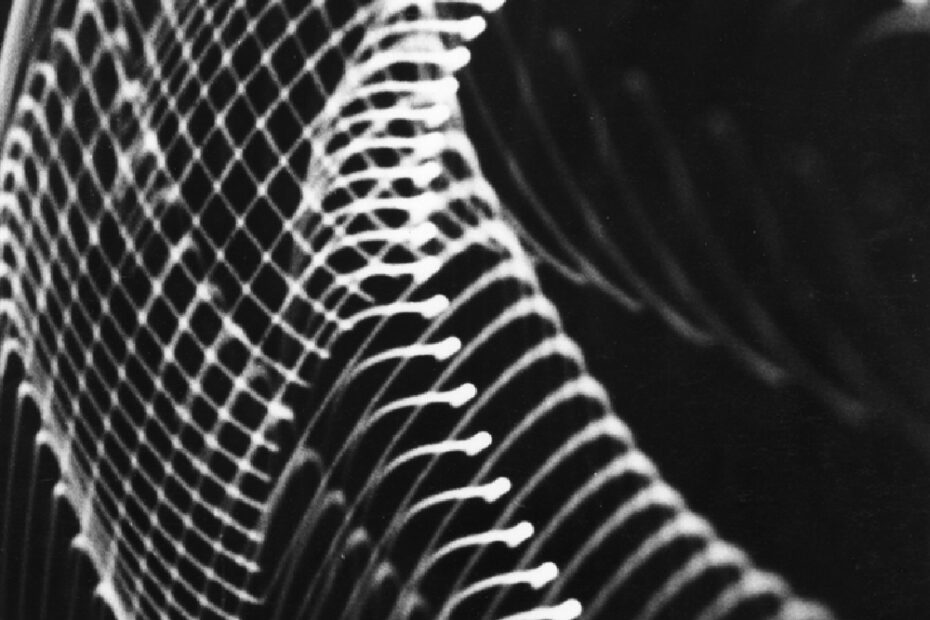+++ Wittgenstein and Photography as Analytical Practice
+++ Exhibition participation of Franke at the Leopold Museum Vienna
+++ The Vienna Circle, Herbert W. Franke and Generative Art


Ludwig Wittgenstein is considered one of the most important philosophers of the 20th century, whose work Tractatus logico-philosophicus was also at the center of the logical positivism of the famous Vienna Circle. Among the forefathers of this circle of the first half of the 20th century are the great Austrian thinkers such as Ernst Mach, Ludwig Boltzmann and Kurt Gödel. The goal of the Vienna Circle was the scientification of philosophy with the means of modern logic. Thus, they also advocated the bridging of natural sciences as well as humanities and social sciences on the common basis of mathematics. With its publications and conferences, the Vienna Circle shaped the modern philosophy of science.
Exhibition „Wittgenstein. Photography as Analytical Practice“
Leopold Museum Vienna
12. November 21 – 06. March 22
Opening today at Vienna’s Leopold Museum is the exhibition “Ludwig Wittgenstein. Photography as Analytical Practice”. The exhibition deals with a hitherto lesser-known facet of the philosopher’s life’s work: with Wittgenstein the artist and photographer, who was also concerned with aesthetic issues. The exhibition focuses on Wittgenstein’s own photographs, some of them previously unpublished, as well as his theoretical reflections. The two curators Verena Gamper and Gregor Schmoll also relate these to works by contemporary artists. One of these representatives is Herbert W. Franke with his early photographic work from the 1950s. “In Wittgenstein’s work, we find, among other things, considerations for a scientifically experimental photographic practice in which a kind of vector graphic is created by means of direct transfer of light dots onto photographic plates


Franke’s entire oeuvre, bridging the gap between science and art, is in the tradition of the Vienna Circle. He studied theoretical physics in Vienna at the former chair of Ludwig Boltzmann. He took his philosophical viva, which was required at the time at the University of Vienna for students of physics, with the science theorist Victor Kraft, himself still a member of this scientific circle, which in the first half of the 20th century shaped the world of thought in science far beyond the borders of Austria. It can be found in Franke’s artistic works as well as in the theoretical considerations of information aesthetics, and can also be recognized in his extensive literary work: with the critical examination of the field of tension of the individual on the one hand and with the state, society as well as the scientific-technological complex on the other.
At the Leopold Museum in Vienna, an example of a work from the series Oscillograms (1954-58) is on display. It was created with a self-built analog computer whose oscillations were visualized on an oscillograph and then photographed with a moving camera at open aperture. The oscillograms are thus among the earliest examples of algorithmic machine art by Herbert W. Franke.

